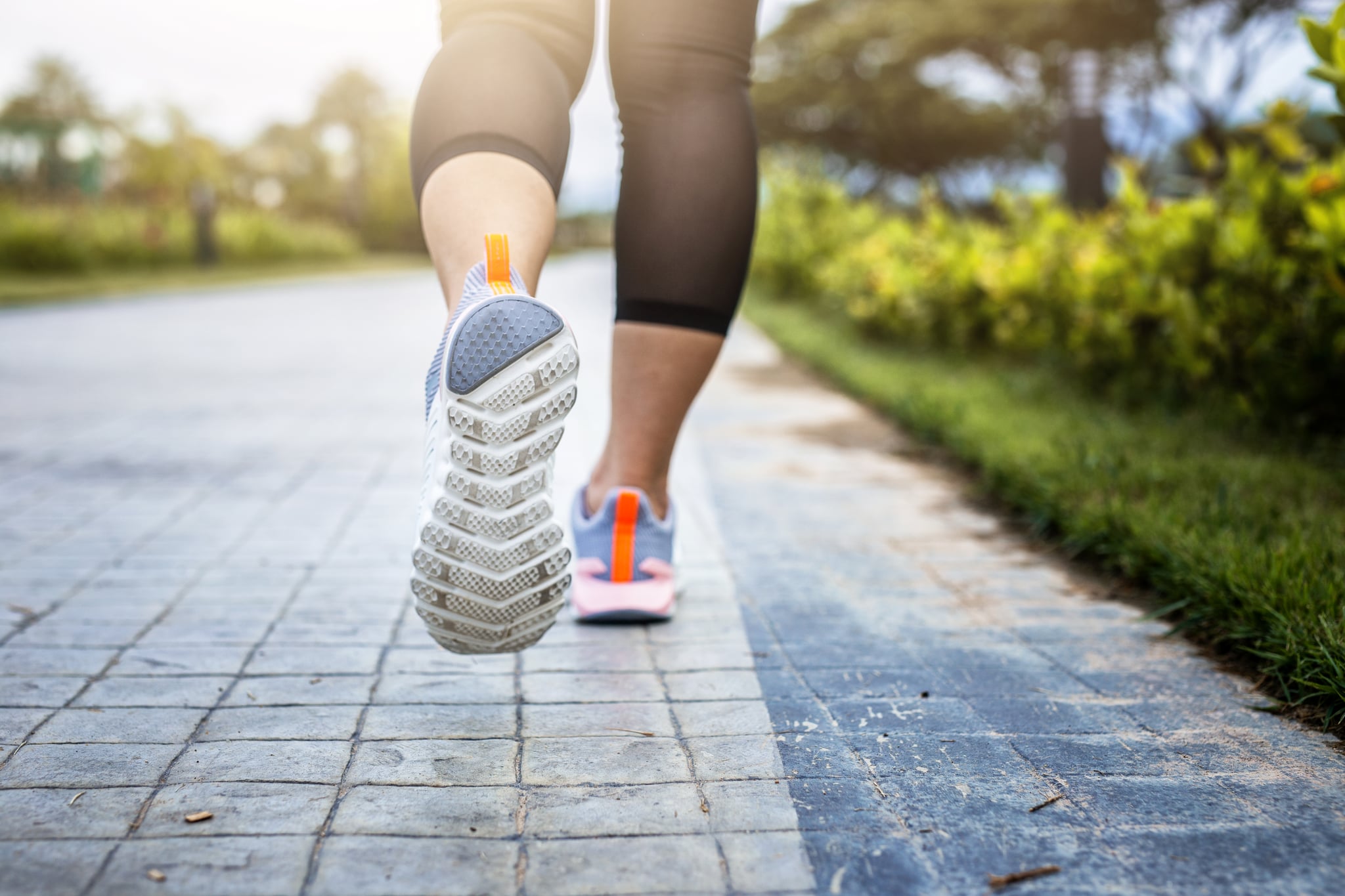
Meditation is one of the most recommended modalities for relieving stress and anxiety. If you imagine someone meditating, I can guess you picture this person alone in a dark, quiet room, sitting criss-cross applesauce with their hands on their knees and calming music in the background. That’s how I always imagined them, anyway. Until I started talking to my therapist about how I could not sit still for two minutes, let alone be left with my thoughts for that long. I knew I needed some form of meditation in my life because my mind is constantly running 1,000 miles per minute with a wider range of thoughts than I assumed the brain could manage at once. This is when we discussed the idea of using my workouts as my meditation, and I had an “aha” moment.
As someone who grew up playing sports, ran marathons, and truly enjoys exercising (I know you hate me right now), my world has always revolved around some sort of exercise routine. I even got my master’s in exercise physiology and currently work as a kinesiologist! Now, why does this even matter? Because I could never find time or the focus to sit in silence to meditate for 10 minutes, but you can bet that I have no issues fitting an hour-long workout into my day. I have suffered with anxiety and depression for almost 20 years, and during that time, I’ve tried every trick in the book to reduce my stress and anxiety, including meditation, and it just did. not. work. But, I was able to figure out how to use my exercise routine as my own personal form of meditation, and I’m going to tell you how to do the same.
If you’ve ever been in a regular exercise routine, you know the difference it can make in terms of your mood. But how can you incorporate meditation into your exercise sessions to get even greater mental health benefits? Here are some practices I’ve picked up along the way.
1. Use your senses.
If you have or have had anxiety, you’ve probably heard of using your senses to ground yourself and relieve stress. Name five things you can see or four things you can feel, for example. You can do this with exercise, too! Whether you’re walking, running, or swimming, try to focus on things that stimulate your senses. Feel the ground beneath your feet, listen to the children playing in the schoolyard as you walk past, smell the scent of fresh flowers blooming on your trail. Be present in the moment.
2. Consider your why.
Why are you exercising? To lose weight? To improve your heart health? Now think of it in a different way. Why do you want to lose weight? Why do you want to improve your heart health? This can help you really dig deeper into your motivations (maybe you want to be able to run around with your kids without feeling out of breath), as well as any insecurities, concerns about your health, or other deep-rooted issues you may not realize you have.
3. Work it out, literally.
Oftentimes, when I would try to meditate and really think about the causes of my anxiety and depression, I would end up getting angrier or more anxious because I couldn’t physically get rid of my stress just by thinking about it. I could, however, run harder, lift heavier weights, and really push myself to the limits. This helped me feel like I was physically burning off the stress, and my mind instantly felt clearer to be able to better handle the situation that upset me in the first place.
4. Reflect positively on what your body can do.
Like many people, I’ve struggled with body-image issues for as long as I can remember. I have the tendency to pick out my failures instead of my successes, which in turn has led to more anxiety about who I am and who I wish I was. Using exercise as my meditation has allowed me to change my perspective from “look at the things you can’t do” to “look at what you are capable of.” Instead of comparing yourself to the person next to you, really look inward and think of exercise as an expression of how amazing you are and how much physical stress your body can handle. Exercise should make you feel powerful and be a reminder that you’re capable of anything! Adjusting my thoughts during exercise has completely changed the way I look at my body.
Sitting in a dark room with low music and your hands on your knees is a wonderful form of meditation that is absolutely useful for those who find success in it. But for those of you who also can’t sit still for more than a few minutes and are always looking for a new way to relieve your stress, try using your next workout as a meditation instead. It really has been a game changer for me.

